Help
Community21 has selected some case study communities and projects to share across the network to inspire and inform others. Should we be featuring yours? If so get in touch.
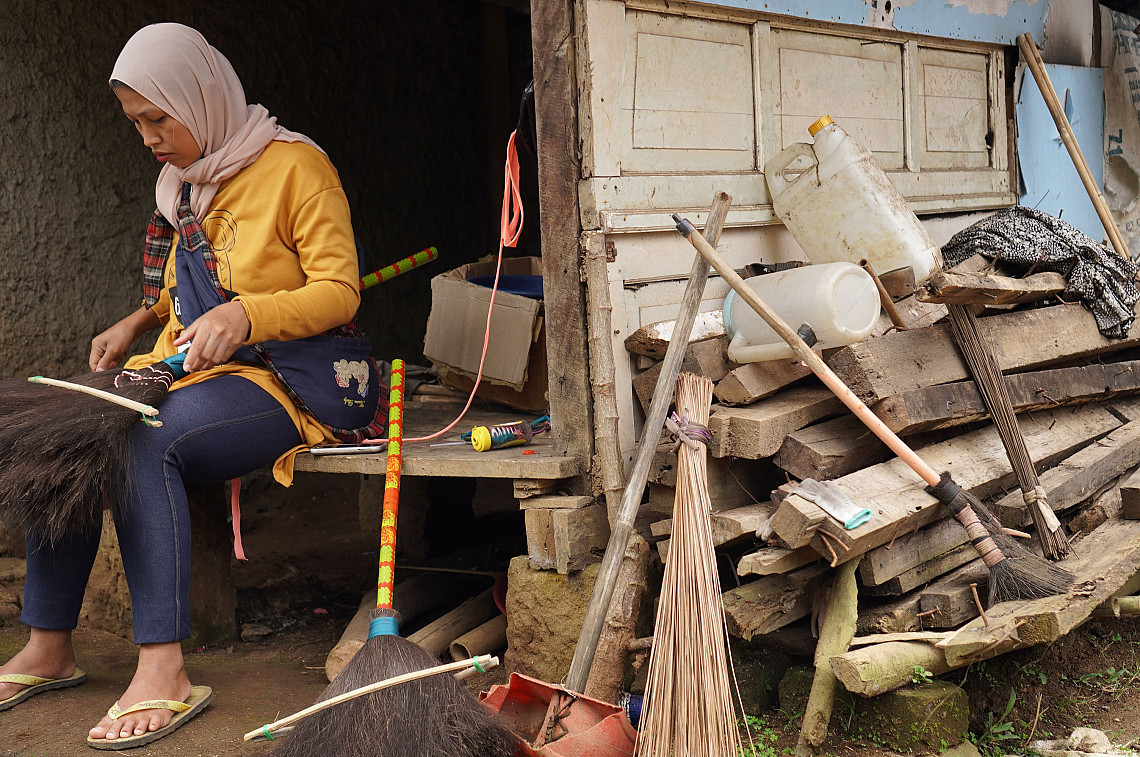
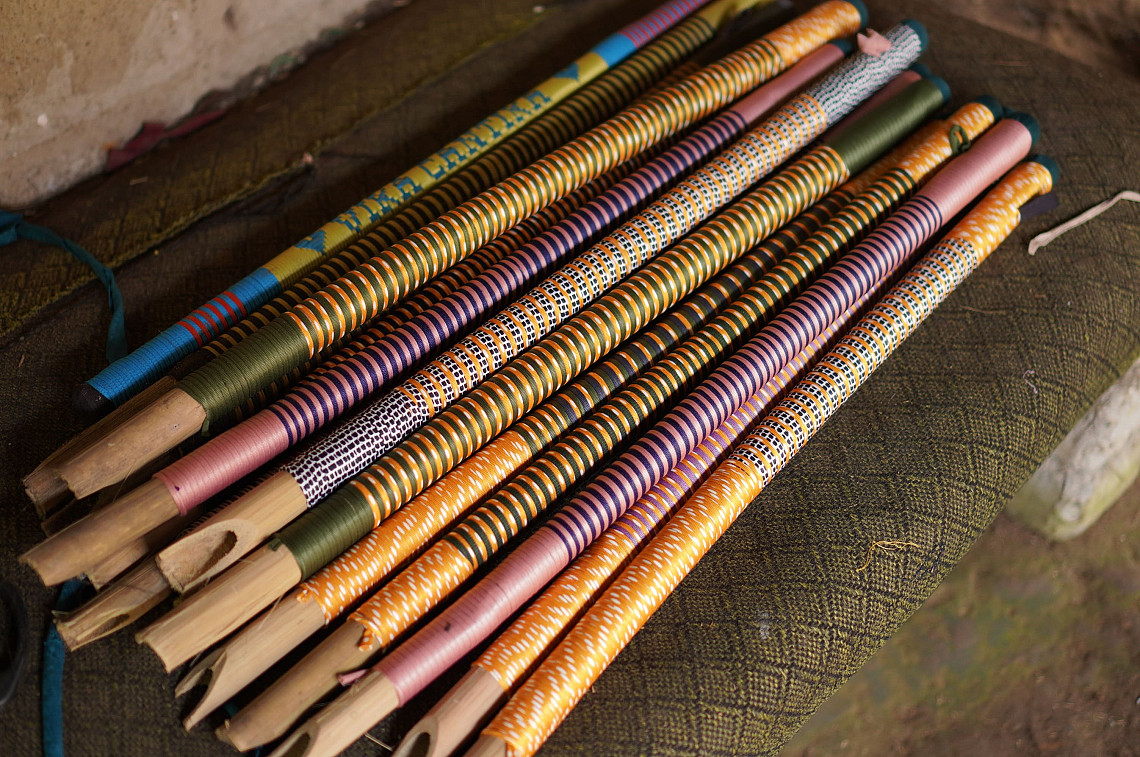

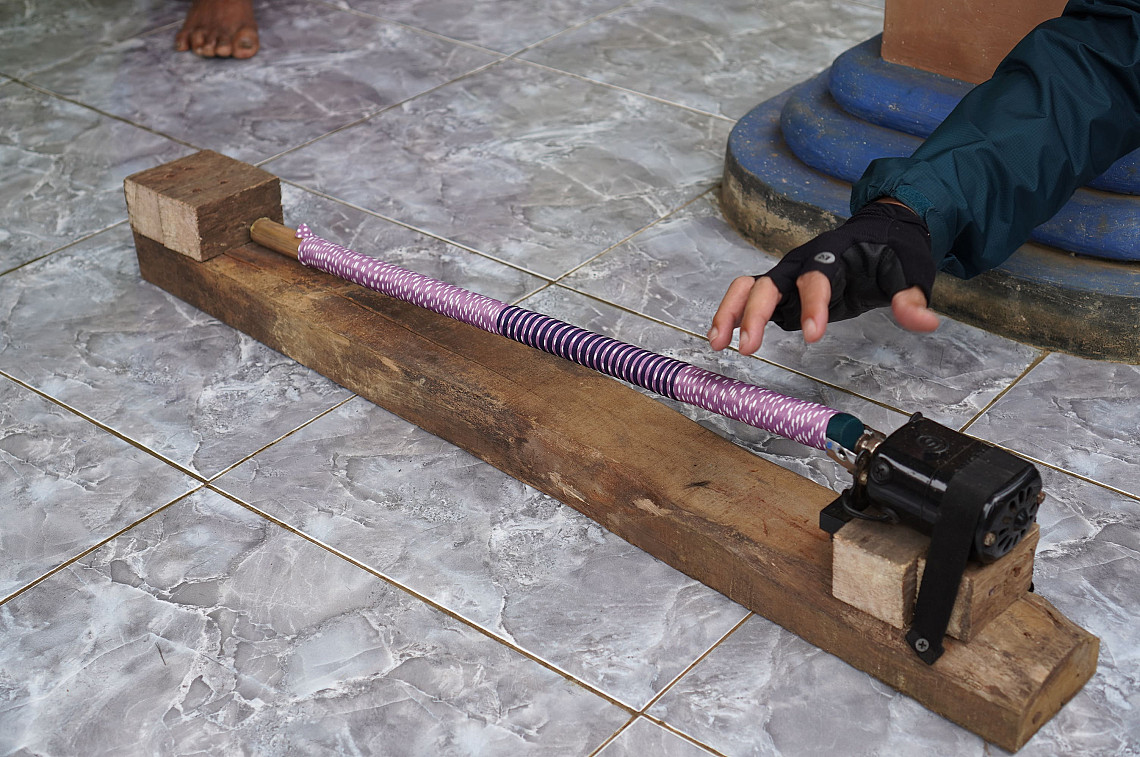
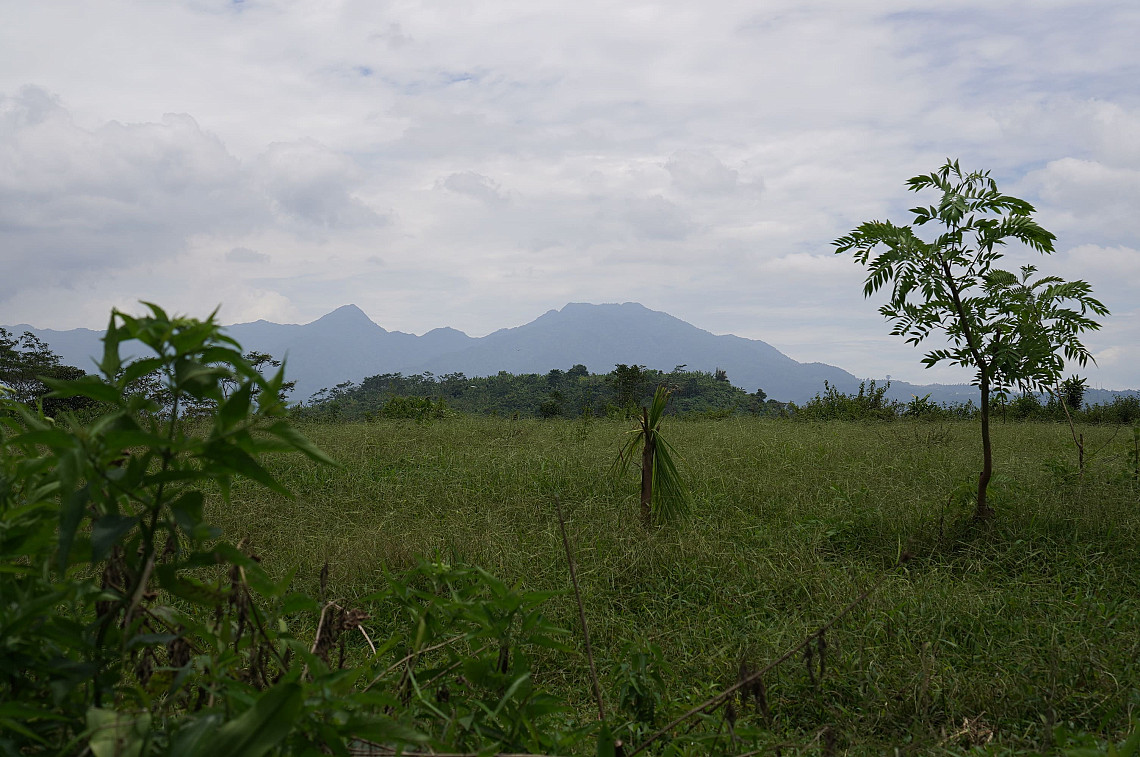
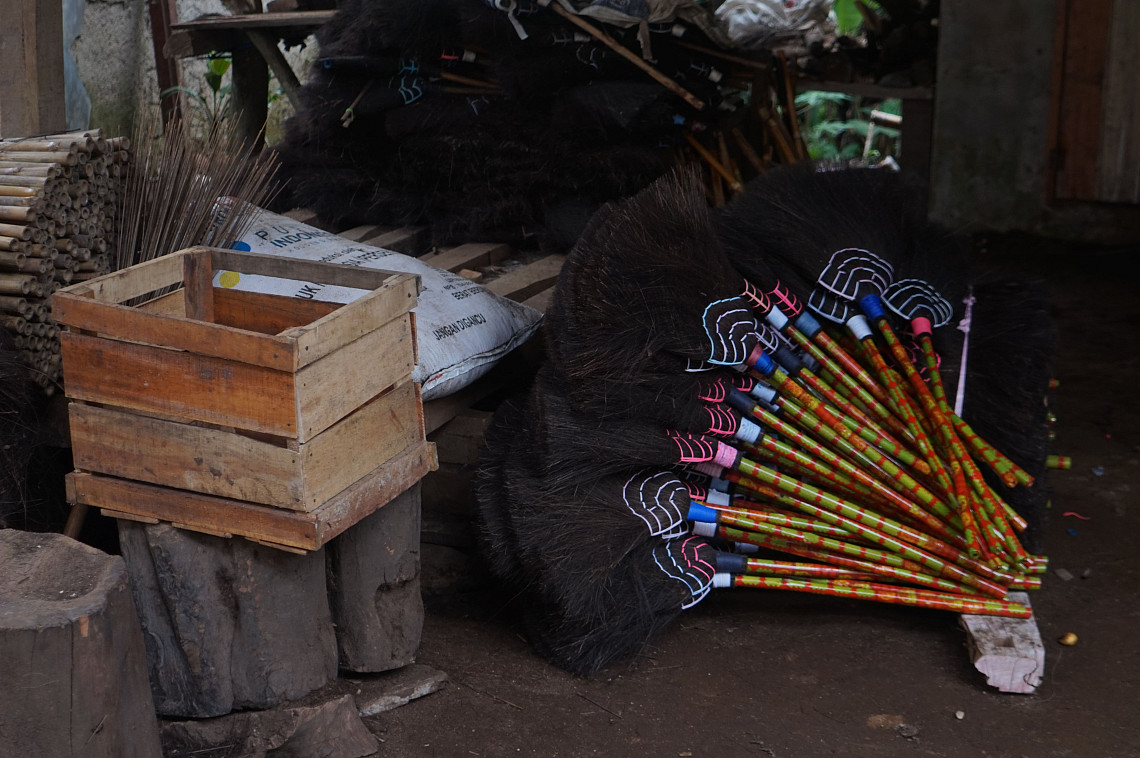
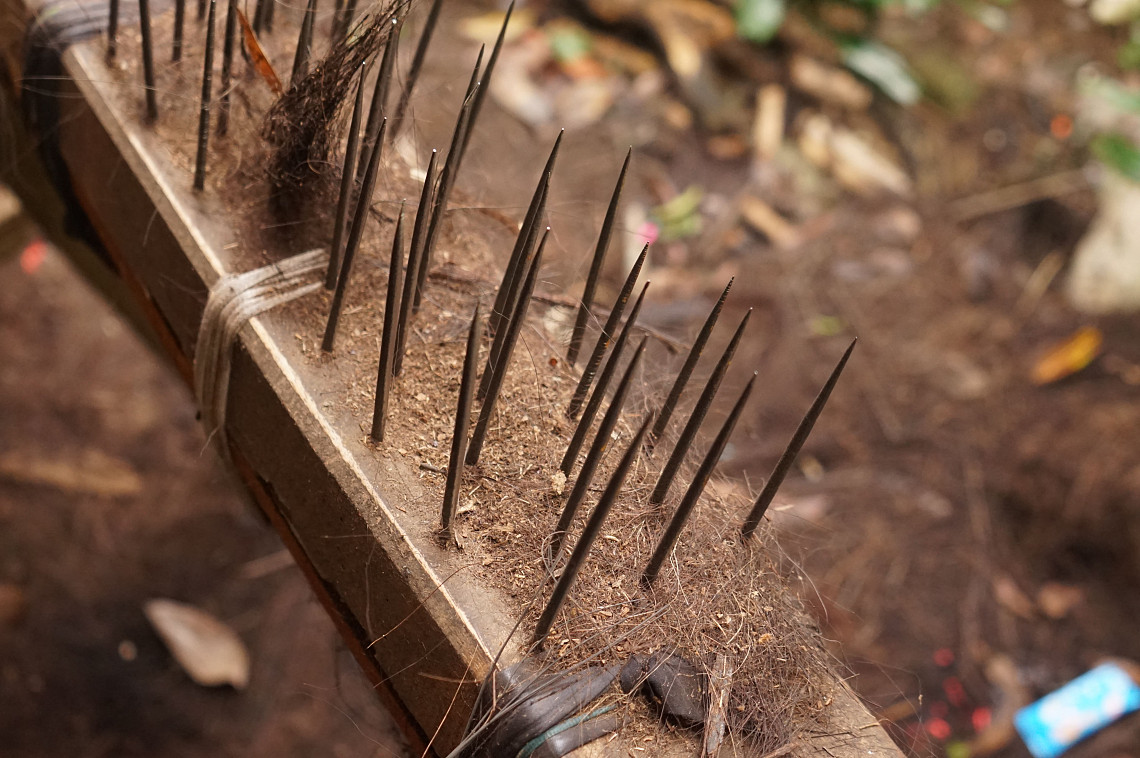
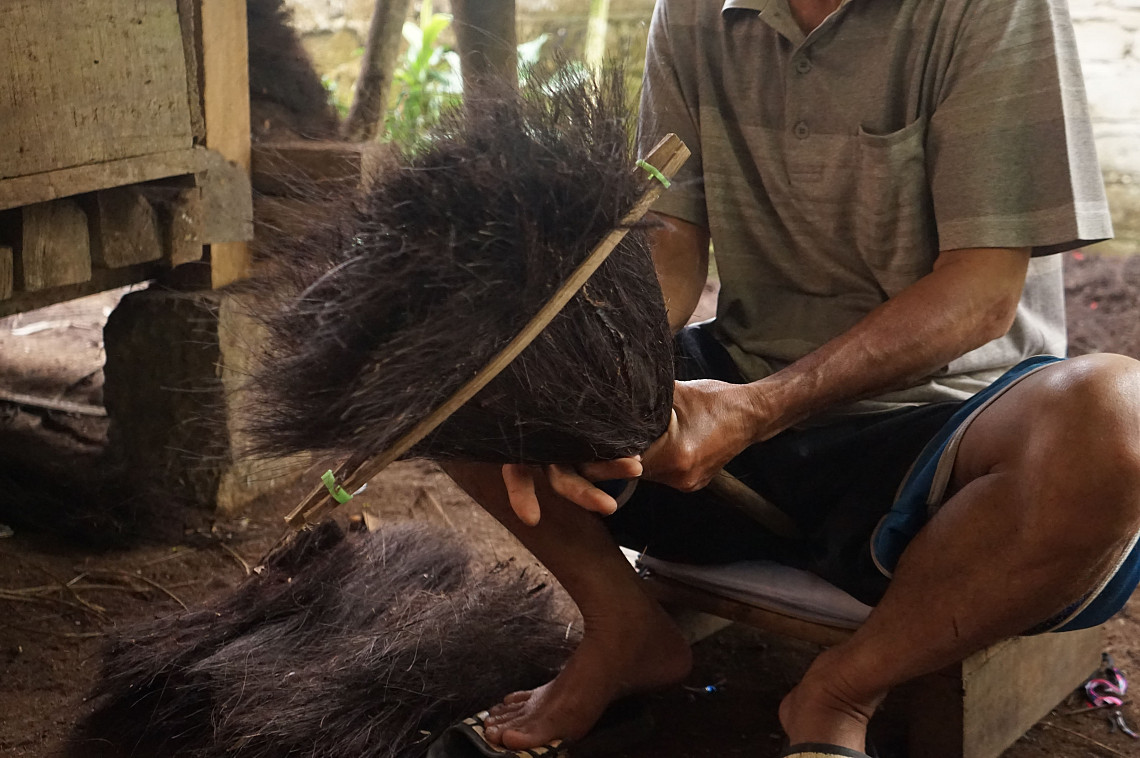


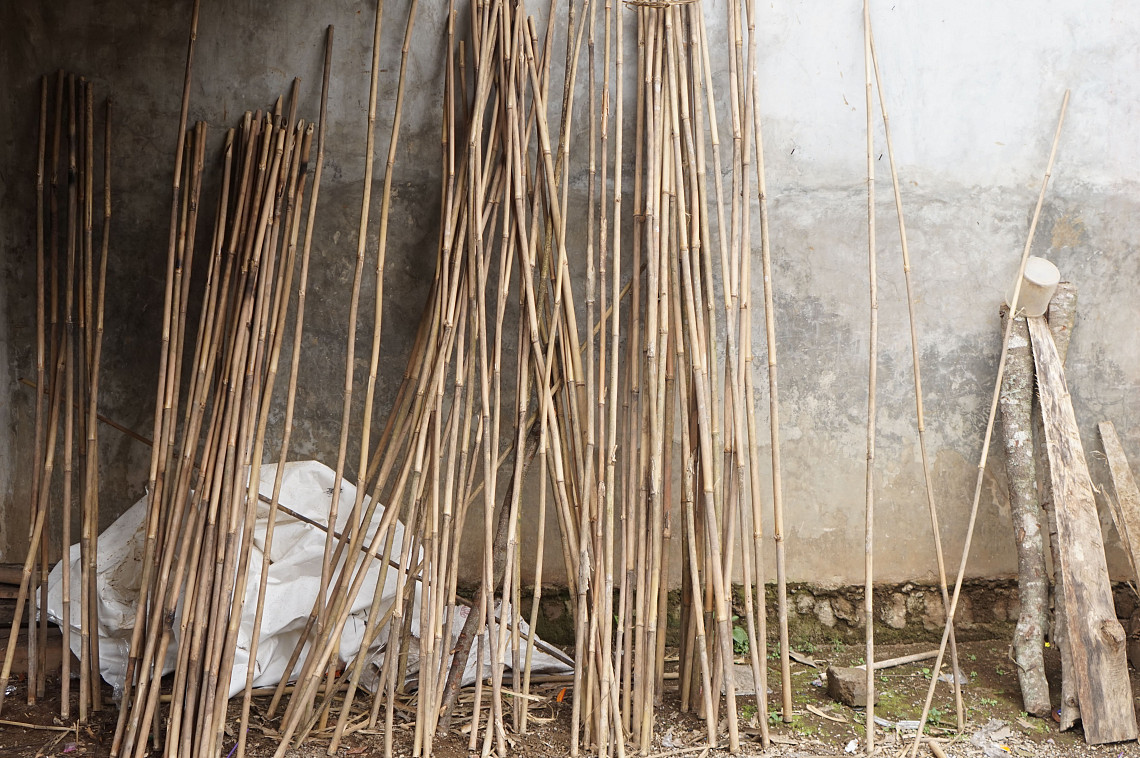

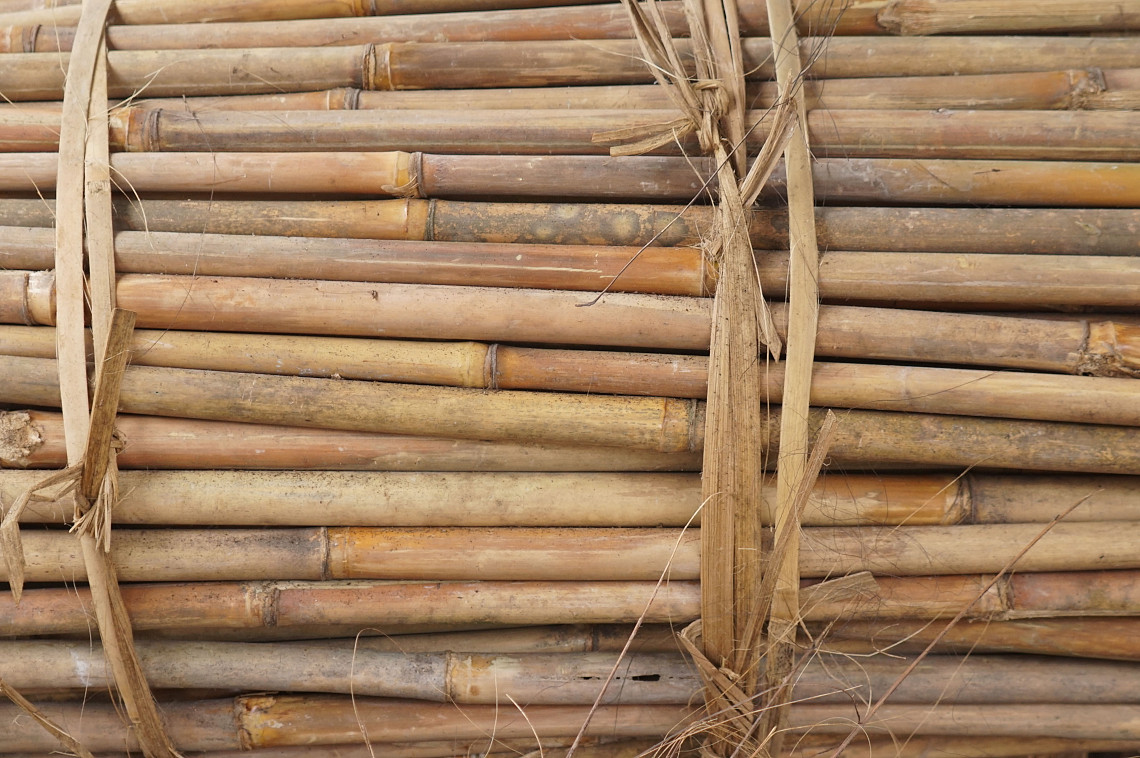

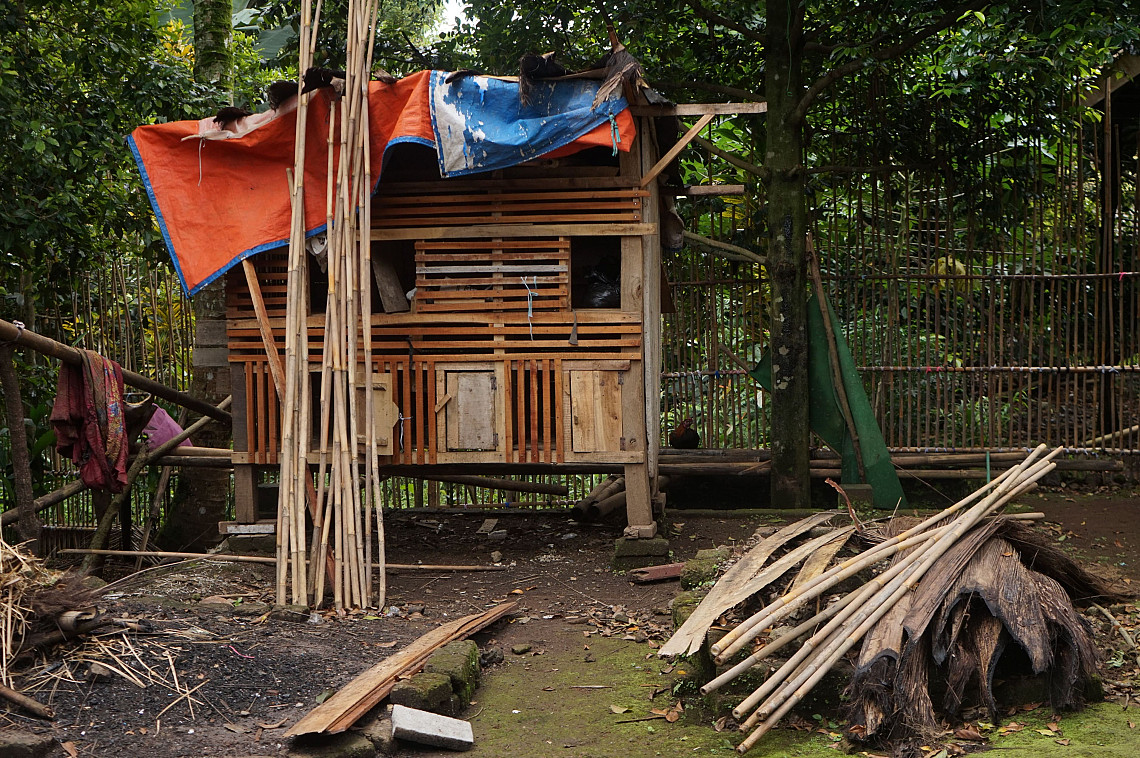
Name: Sunarya
Location: Sindangpanon Village, Bojong District, Purwakarta Regency
Specialist materials: Palm tree fiber
Products: Palm fiber broom
The place for making palm fiber brooms belonging to Pak Sunarya in the District of Bojong, Purwakarta, is a craft center or location for fiber materials. Initially, this village used palm fiber for roofs, using processing techniques and harvesting raw materials passed on for generations. In 1987, Pak Sunarya learned the knowledge and skills of making brooms from fibers from a friend from Cirebon. After establishing a network with raw materials suppliers and palm fiber brooms traders, Pak Sunarya switched to producing palm fiber brooms. He also shared his knowledge with the people in his village. The making of broom fibers requires several materials such as fibers, rattan, bamboo, and spandex rope (from the waste of surrounding factories). During the manufacturing process, the harvested fibers are left outside and wet by rain to make the fibers easy to comb. The fibers further will be separated from the harupat (bone sticks) so that fine fibers can be formed using a machete. The fibers are then combed with special "comb" made with forged nails. The material used as a broom handle is bamboo, although there is consideration to make the handle from wood. "Using bamboo is cheaper, stronger, the shape is straight," said Pak Sunarya.
Kawung (aren) trees as the primary source of raw material are pretty abundant in Bojong Village, with a harvest period of 5-10 years. After the tree's age is above ten years, the fibers will disappear from the tree. Tree or landowners who do not cultivate this kawung tree will usually cut down the tree, even though this tree is difficult to grow from human planting. Especially in Bojong area, this tree requires help from an animal for seed dispersal and growth—civet. The existence of the civet as an essential actor for cultivating kawung tree often results in complaints from the civet hunter groups.
Pak Sunarya also mentioned that he and the community perceive the process of taking the fibers from kawung trees as similar to a "human being shaved". This analogy is connected to how humans look more 'fresh' when their hair is shaved, identical to the kawung tree, which will grow better after the fibers are harvested.